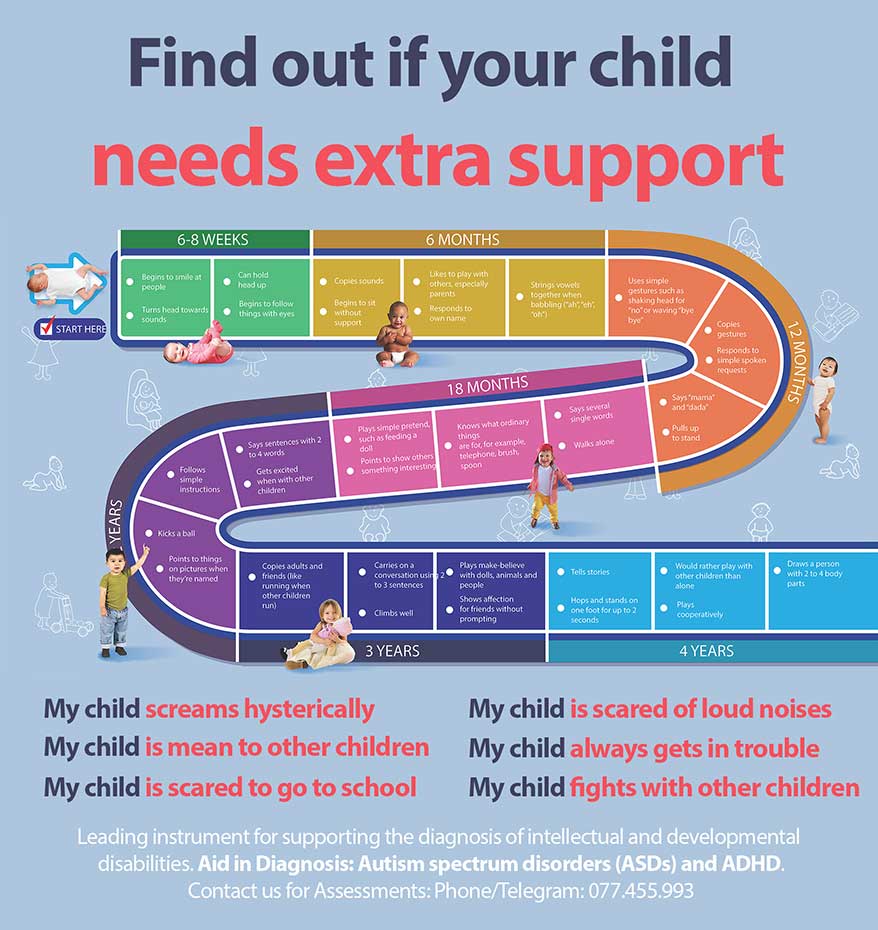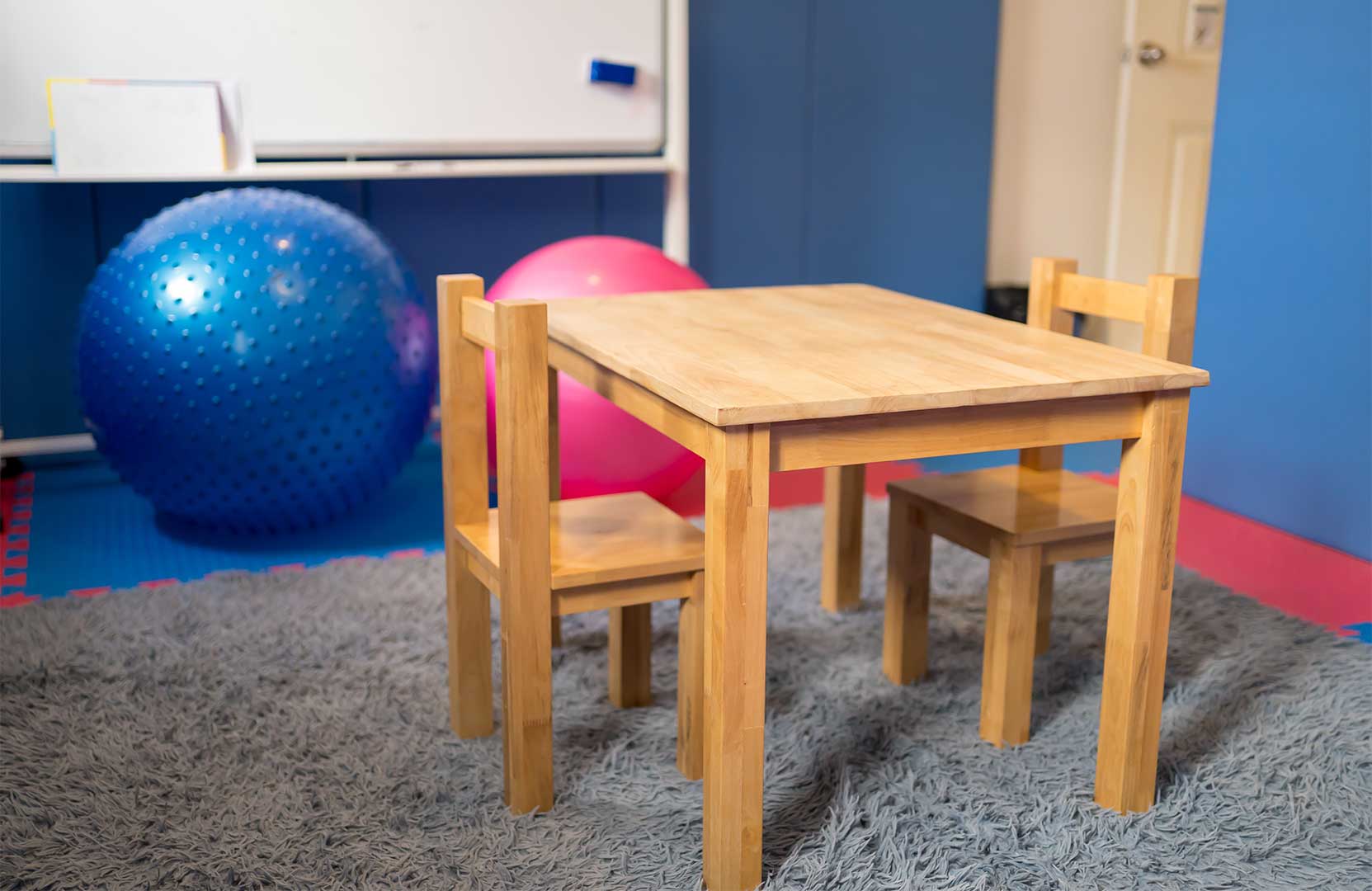Reading facial expressions is an important part of social interaction. It allows us to understand how others are feeling, and to respond appropriately. However, for children with special needs, reading facial expressions can be a challenge.
There are a number of reasons why children with special needs may have difficulty reading facial expressions. Some children may have difficulty understanding the meaning of facial expressions. Others may have difficulty paying attention to facial expressions. And still others may have difficulty interpreting the information they see in facial expressions.
If your child is struggling to read facial expressions, there are a number of things you can do to help.
1. Start by teaching your child the basic facial expressions.
There are six basic facial expressions: happiness, sadness, anger, surprise, fear, and disgust. Start by teaching your child the names of these expressions. You can do this by using pictures or flashcards.
2. Help your child learn to identify the emotions that go with each facial expression.
Once your child knows the names of the basic facial expressions, help them learn to identify the emotions that go with each expression. You can do this by asking your child questions about how the person in the picture is feeling.
3. Provide your child with opportunities to practice reading facial expressions.
The best way for your child to learn to read facial expressions is to practice. You can provide your child with opportunities to practice by watching movies or TV shows together, or by going to the park or other public places.
4. Use games and activities to help your child learn to read facial expressions.
There are a number of games and activities that can help your child learn to read facial expressions. Some examples of games and activities include:
- Charades: Play charades with your child. This will help them learn to associate facial expressions with words and concepts.
- Guess the Emotion: Show your child pictures of people with different facial expressions. Have them guess what emotion the person is feeling.
- Mirror Game: Play the mirror game with your child. Face each other and make different facial expressions. Have your child try to copy your expressions.
5. Be patient and supportive.
Learning to read facial expressions takes time and practice. Be patient and supportive as your child learns this important skill.
If you are concerned about your child’s ability to read facial expressions, talk to your child’s doctor or therapist. They can provide you with additional information and resources to help your child learn this important skill.
Here are some additional tips for helping special needs kids learn to read facial expressions:
- Use simple language and avoid jargon.
- Break down tasks into small steps.
- Provide plenty of positive reinforcement.
- Be patient and understanding.
With time and patience, most children with special needs can learn to read facial expressions.
Find out if your child needs extra support today!
- My child screams hysterically
- My child is mean to other children
- My child is always worried
- My child is scared to go to school
- My child is scared of loud noises
- My child doesn’t know how to read
- My child is scared to play outside
- My child does not respond to his name
- My child always gets in trouble
- My child fights with other children
- My child doesn’t know how to count
If you are concerned about your child’s development, contact us for Assessments: Phone/Telegram: 077.455.993 – Telegram Link: https://t.me/OrbRom
If you are concerned about your child’s development, contact us for Assessments.
Phone/Telegram: 077.455.993 Link: https://t.me/OrbRom







Leave A Comment